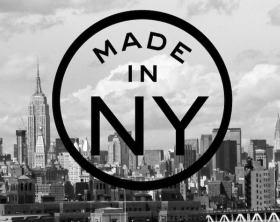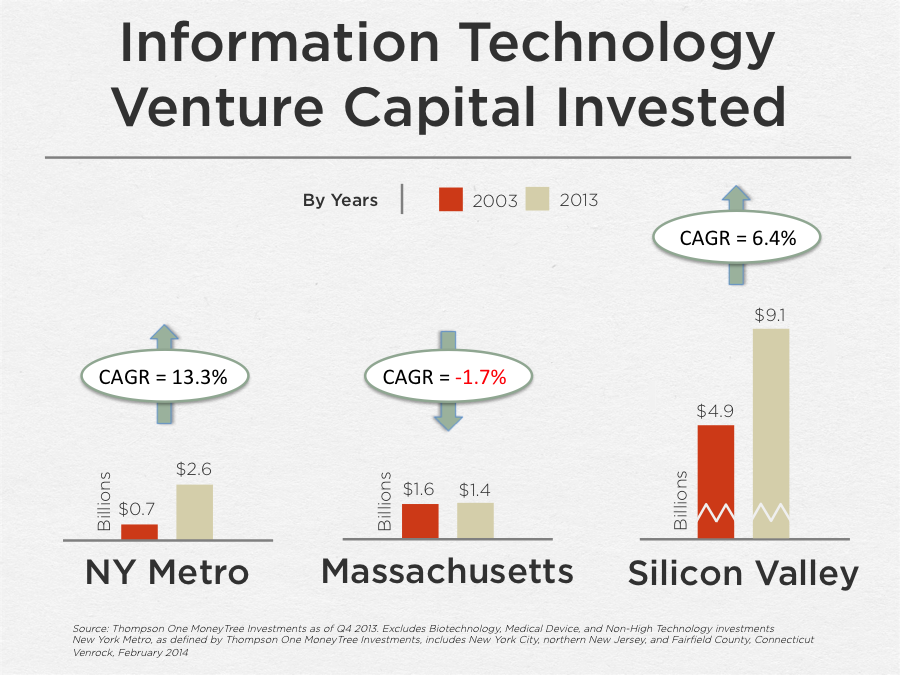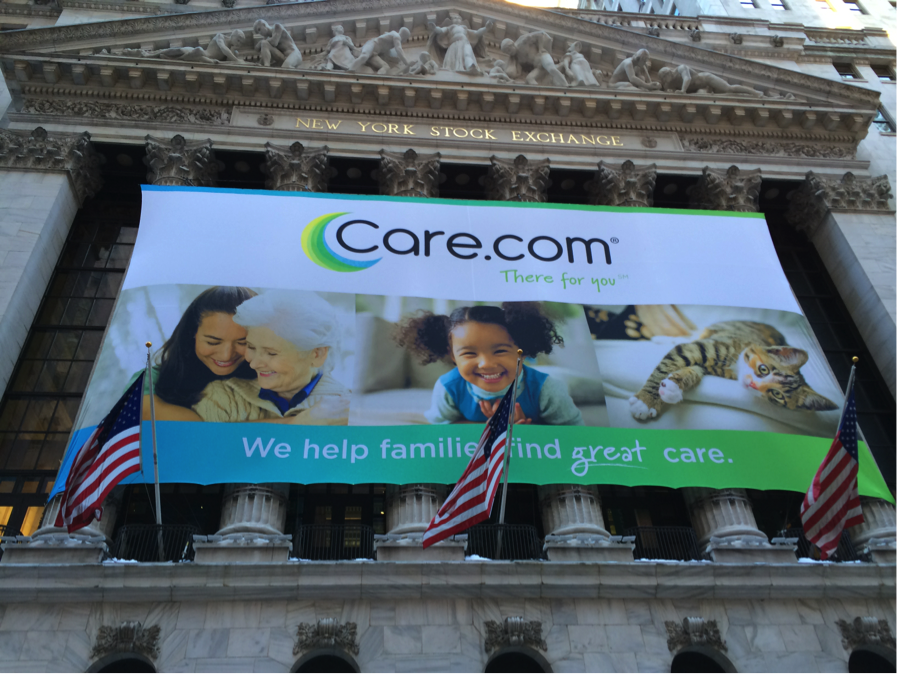 Like many who have been active in the New York startup ecosystem over the past decade, I am optimistic about its future. The last 10 years have seen an increasing number of startup successes in New York — Shutterstock, Tumblr, AppNexus, Gilt Groupe, MongoDB, Etsy, Buddy Media, Warby Parker, Kickstarter, Gerson Lehrman, and OnDeck Capital to name some, with many others on the rise. Venture and angel funding are increasing, large internet companies including Google and Facebook are growing their New York offices, and Cornell and Technion are collaborating to build a large engineering campus on Roosevelt Island.
Like many who have been active in the New York startup ecosystem over the past decade, I am optimistic about its future. The last 10 years have seen an increasing number of startup successes in New York — Shutterstock, Tumblr, AppNexus, Gilt Groupe, MongoDB, Etsy, Buddy Media, Warby Parker, Kickstarter, Gerson Lehrman, and OnDeck Capital to name some, with many others on the rise. Venture and angel funding are increasing, large internet companies including Google and Facebook are growing their New York offices, and Cornell and Technion are collaborating to build a large engineering campus on Roosevelt Island.
As optimistic as I am, it’s always useful to check one’s optimism with data. The data takes some work to pull together, and not all of it is public, but when one does pull it together, it paints a very promising picture, one showing that New York has been the fastest-growing technology startup ecosystem in the country over the past 10 years and now ranks second behind Silicon Valley in all key metrics.
These trends suggest strong continued momentum for New York, but if one really wants to get a good sense of where the ecosystem is going, it’s important to take a close look at the primary factors driving its growth. Other technology startup ecosystems have had periods of rapid growth only to slow down substantially when the macro factors driving their growth dissipated.
A close examination of the macro factors driving New York’s growth suggests that the ecosystem is still in the early stages of its development and that its rapid growth will likely last for many years to come.
The Growth in Venture Financing
So how big, exactly, is New York’s technology startup ecosystem, and how quickly is it growing? The best proxy for the size of a startup ecosystem is the total amount of venture capital invested in it. Judged this metric, New York has been the fastest-growing technology startup ecosystem in the U.S. over the past 10 years and currently ranks #2 in the country behind Silicon Valley:

With $2.6 billion in venture capital invested in 2013, New York’s technology startup ecosystem is currently 87% larger than that of Massachusetts and 28% the size of Silicon Valley.
